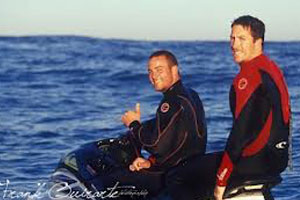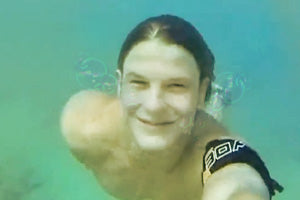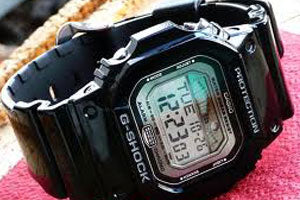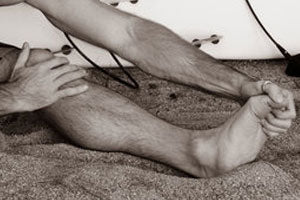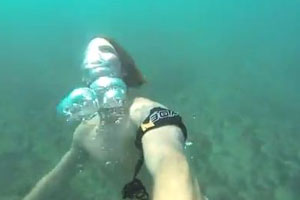Your Cart is Empty
Bodysurfing on steroids
Best equipment for all wave conditions. Quiver Grom, fish and bula with dafin.
Grom Soft Top Handboard
Received my handboard a couple days ago. I live in Pa so it’s not the season for handboarding but I’m stoked about trying it out. Trip to Myrtle Beach in April. I’ll be riding waves!!
V
Wedge Handboard Excellent customer service and 3 new awesome Slyde handboards
Our family is treating ourselves to a winter escape from Canada by heading to Hawaii in December. Eager to try something new, we found Slyde online and kitted ourselves out. The Wedge Handboards look great. One was damaged upon arrival and Slyde immediately sent us a replacement. Good people. Good product. Can't wait to try these out in warm water.
Great service price and product,all I need now is big waves….thanks,definitely will purchase again














